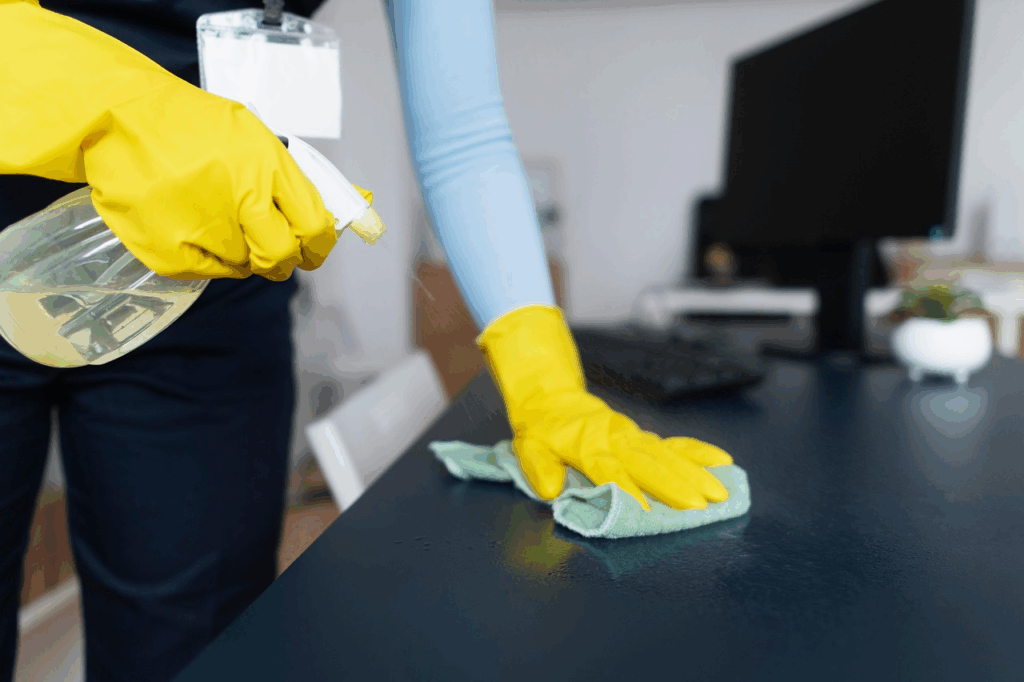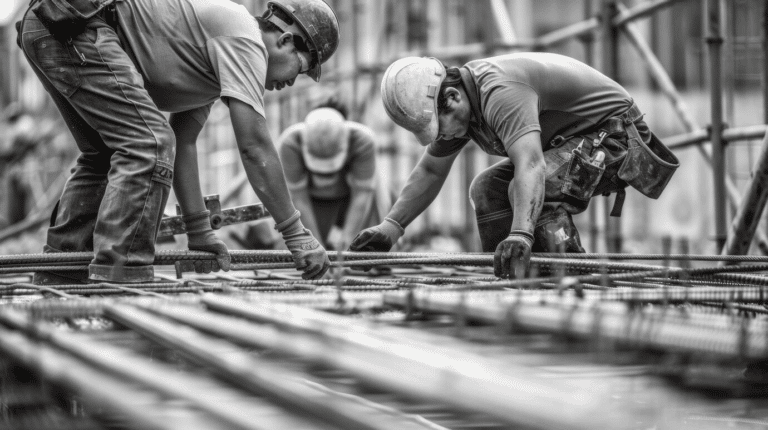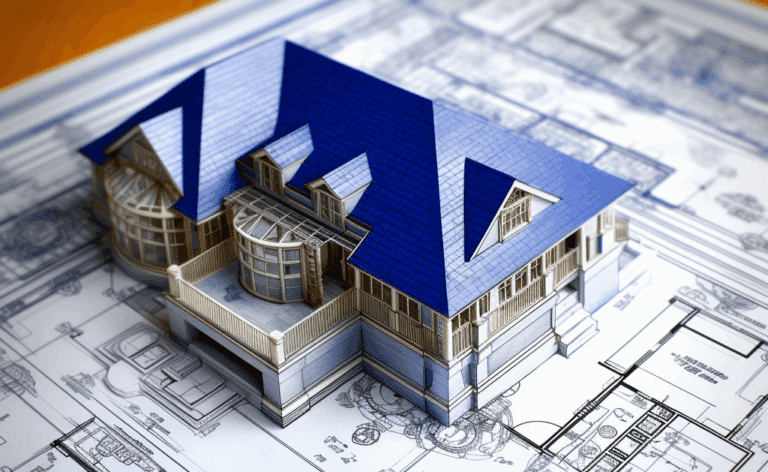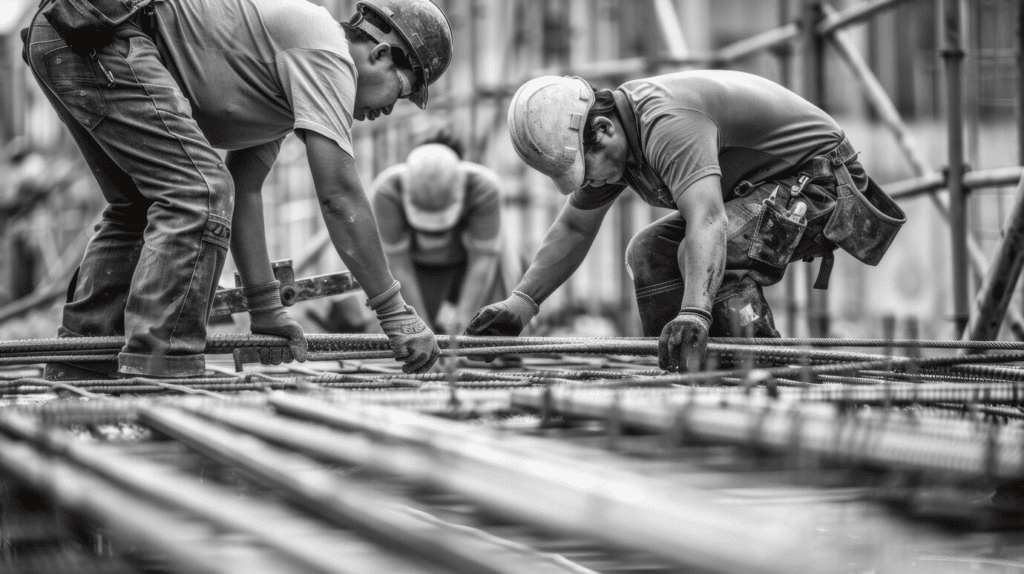Your home should be a safe place, but hidden toxins can sneak in and affect your health before you even realize it. Air quality, aging materials, and unseen pollutants can quietly build up, putting your household at risk.
Airborne irritants like mold spores, dust mites, and chemicals from furniture or cleaners can trigger allergies and breathing issues. Materials like asbestos or lead-based paint could be lurking behind the walls in older homes, too, which you should be wary of if you’re living in one.
Think of home maintenance as your first line of defense. A proactive approach helps you spot small issues before they become serious and creates a solid foundation for every other health-conscious upgrade you’ll make throughout your home. From here, it’s all about identifying the biggest threats and knowing how to tackle them.
Mold and Mildew Prevention
If you’ve ever dealt with mold, you know how off-putting and persistent it can be. It’s not just unsightly; it can impact your lung health and aggravate allergies. Mildew, which is a common form of mold, often grows in damp, poorly ventilated areas like bathrooms and basements.
The key to preventing mildew from spreading is tackling excess moisture wherever it hides. Start with identifying common trouble spots like laundry rooms, bathrooms, kitchen sinks, and basements. Areas with poor ventilation or limited natural light, such as attics, sheds, and crawlspaces, deserve extra attention. Anywhere dampness lingers, mildew has a chance to grow.
Use dehumidifiers in places where air doesn’t circulate well, and make sure your HVAC system is doing its part to maintain airflow. Cool air holds less moisture than warm air, so an efficient air conditioning setup can help keep surfaces dry, especially in those forgotten corners of your home.
And don’t overlook the basics. Run exhaust fans when showering or cooking, wipe down wet surfaces regularly, and clean with mildew-resistant products. If you catch and fix leaks quickly, you’ll stop mildew from breaking down materials like drywall and fabric, and reduce the chances of mold showing up alongside it.
The Hidden Danger of Lead Paint and Lead Pipes
If your home was built before 1978, there’s a chance it could contain lead-based paint or pipes. Chipping paint can release dangerous lead dust, and older pipes might contaminate your water.
Kids are especially vulnerable to lead since even low levels of lead exposure are linked to learning and behavioral problems. But it’s not just kids you need to be concerned about; adults can also experience health issues like high blood pressure or kidney trouble after long-term exposure.
Test your paint and water for lead to keep your family safe. If you find it, replacing old pipes or adding filters, along with hiring pros to handle paint removal, can make your home much safer.
Other Household Toxins and How to Combat Them
Everyday activities — like cooking, cleaning, or just living with pets — can quietly introduce toxins into your home. Carbon monoxide, a gas you can’t see or smell, can be especially dangerous if your appliances leak. Many store-bought cleaning products also release harsh chemicals into the air.
You can reduce exposure by installing carbon monoxide detectors and scheduling routine appliance checks. Switch to natural or unscented cleaners to limit the number of airborne irritants in your living space.
A smart HVAC system can help with the rest. These systems improve air circulation, maintain consistent humidity, and use advanced filters to trap pollutants like dust, pollen, and pet dander. Some even offer alerts and app controls to help you monitor and maintain air quality with ease.
Apart from that, when’s the last time you gave your home a serious, top-to-bottom clean? That effort goes a long way in clearing out dust, allergens, and buildup that can affect the air you breathe and the overall feel of your home. If it’s been a while (life gets busy, after all), here are some tips for a deep, thorough clean:
- Start by wiping down walls, ceilings, light fixtures, and fan blades, which are easy to overlook but often collect dust.
- Don’t forget high-touch areas like doorknobs and remote controls, and give carpets, rugs, and even your mattress a deep clean.
- Tackle one space at a time to make the process manageable and help maintain a healthier home all year long.
Essential Remodels To Remove Household Toxins
Sometimes, no matter how careful you are, some hazards require bigger fixes. If your house still has lead-based paint or old plumbing, or if you just can’t get rid of mold and VOCs, you might need to bring in the pros to remove or seal those materials for good.
Until then, you can invest in simple upgrades for a safer home. Installing faucet filters improves your water’s taste and safety, and switching to eco-friendly cleaners will cut down on chemical buildup in your air and water. You can also add air-purifying plants like peace lilies or spider plants to help remove toxins naturally.
When you’re ready for a bigger upgrade, think about replacing your HVAC system with a more efficient model. New systems improve airflow, reduce pollutants, and better control indoor humidity. Enhanced insulation and whole-house dehumidifiers also help manage moisture, preventing mold and keeping the air fresher and more comfortable.
And pay special attention to your bathroom. Condensation can build up fast and lead to peeling paint, mold, or even damage behind the walls, especially in older homes. Moisture-resistant paint, dehumidifiers, and stronger exhaust fans are a step in the right direction. But even before you commit to gadgets and renovations, you can also deal with bathroom condensation right now by opening windows to let out air and wiping down surfaces after a hot shower.
Conclusion: A Healthier Home for a Healthier Life
You don’t need a major renovation to create a healthier living space. A few thoughtful changes and some consistent habits can make your home feel fresher and safer.
Keep an eye on air quality, choose low-toxin materials, and stay on top of routine maintenance. These small shifts are especially helpful if you have kids, pets, or anyone in the household with breathing sensitivities.
Your home should support your well-being, not work against it. With a little effort, you can create a space where your family can breathe easier and live better every day.
















